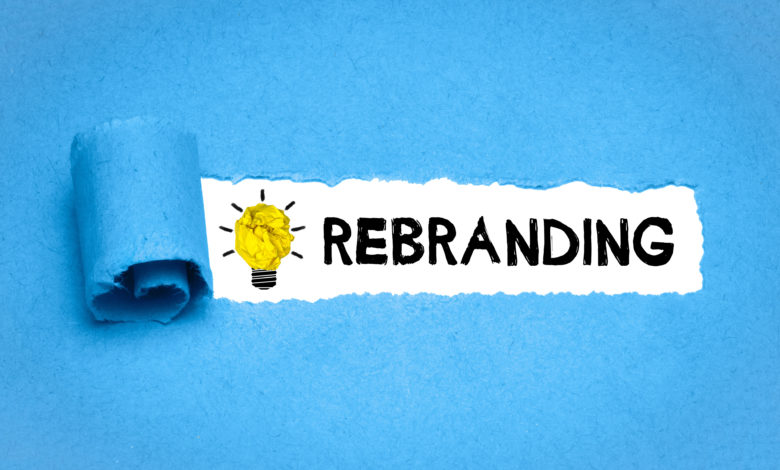
What, exactly, is branding? What are its facets — and why do they matter so foundationally to a business’s operations?
Brands are the sparks of understanding, of identity, that live in the minds of the people watching. The customers and employees, the investors and the reporters; whoever it is, they’ll be forming opinions. And those opinions become facts for how the business is seen and interacted with.
Now, just like every other opinion a person can have, brand perceptions are malleable. You can have one perception about a brand today and an opposite one tomorrow — and the funny thing is, each perception is enough to alter your buying behavior singlehandedly.
That’s right: branding doesn’t just trigger you to have your own opinion about a business. It triggers you to act, or not act, in a specific way. By engaging your mind and building out an identity in your line of vision, it’s establishing itself as a unique source of value — and influencing your likelihood to hit ‘purchase’ as a result.
Rebranding: The what
Rebranding comes into the picture when a business’s current branding isn’t triggering the correct opinion — or the right action. (Remember: we know that perceptions = behavior.) Most typically, the underlying rationale for an underperforming brand is:
- Outdated: Maybe the brand name no longer authentically represents the business. Or maybe the business cards and site pages no longer serve as a point of pride. Perhaps there’s a new merger or acquisition to consider, or the overall brand image has simply outgrown itself. Whatever the case, every business deserves branding that speaks to its mission, values, and identity today — not five years ago.
- Unclear: When it comes to a business’s branding, clarity is everything. Suppose it’s dealing with vague or poorly worded messaging, content that’s too complex, or collateral that’s all over the place. In that case, it’s time for an overhaul. (Because asking an audience to do the legwork is never a strong strategy for long-term staying power.)
- Limiting: Whether the business has added new projects, targeted a new regional market, or decided to assess why it’s not performing the way it should be, its branding should not be responsible for holding it back. Branding is malleable — and if a current factor is creating stagnation or undesirable results, it needs to change.
Rebranding doesn’t have to be a total overhaul. It can be small. It can be piece-by-piece, or — if you’re ready to dive in at full speed — it can be a bottom-up renovation. The point is, rebranding can be as involved as you want it to be. It’s a strategy to serve your business — not the other way around.
Rebranding: The why
And serve your business it will. In today’s competitive market — for all industries, but mainly for the decorated apparel industry — staying relevant is everything. With the whole world spending so much of its time online, it’s not enough to have a brick-and-mortar store that’s known in its community. You need a memorable digital presence.
Your biggest source of fuel for the why: giving your audience the clearest picture of who your business is and why it should matter to them today.
Maybe you named your business Shirt Shack when you first opened up shop because shirts were all you decorated, but that’s no longer the case. Perhaps all of your signage has “Michigan’s Own” written across it because initially only did business in that state. Maybe you started only targeting musicians and performers, but now you do way more than tour merch.
Rebranding helps you step into the present with flair, own your offerings, command the attention of your ideal target, and infiltrate markets with impact. It enables you to tell the story of today — and it’ll help you retain your current customers and attract new ones.
Here are just a few of the results rebranding helps generate:
- Brand equity: As in, an increased value premium that earns you the ability to price higher and negotiate more.
- Brand authority: Want to be known as the top expert for your services? You can be — it all comes down to the messaging and the story you’re putting out there.
- Brand promise: A deeper connection to your customers is waiting. All you have to do is articulate precisely what you’re there to do.
- Brand loyalty: Where there’s trust, loyalty follows. Generate a specific value promise, meet it, and retain your customers for the long haul.
- Target customers: Evoke the right identity and values, and you’ll attract the exact right customers. They’ll become brand advocates — and be willing to pay premium prices.
- Discount competitors: When your brand identity is unique, you turn every other option in the market obsolete. A strong UVP can change the game.
- Top talent: With a distinctive identity and compelling culture, you can attract the exact workforce you’re looking for — easily. And they’ll contribute to enthusiastic morale.
- Premium pricing: We know that consumers are willing to pay higher prices for brands they trust. With sturdy branding, you can leverage that.
So those are the positives that rebranding — of any sort — has the power to wield. Now, let’s look at the consequences of keeping hold of your current branding long after it’s past its prime:
- Customers who forget about you, or get distracted by the other guy
- The wrong sort of prospects
- Insights that can’t be heard over the market’s noise
- An audience that doesn’t know just what you have on the table, and an audience that doesn’t care that they’re missing out
- Decreased profits
- More pressure from competitors
- Falling further behind
With rebranding in your corner, you can get a handle on things before your relevance and profits decrease. You can achieve clarity and uniqueness and attract, engage, and retain the right people. For years to come.
For decorators and print shops, rebranding is the key to maintaining real estate — both in the physical and digital markets.




